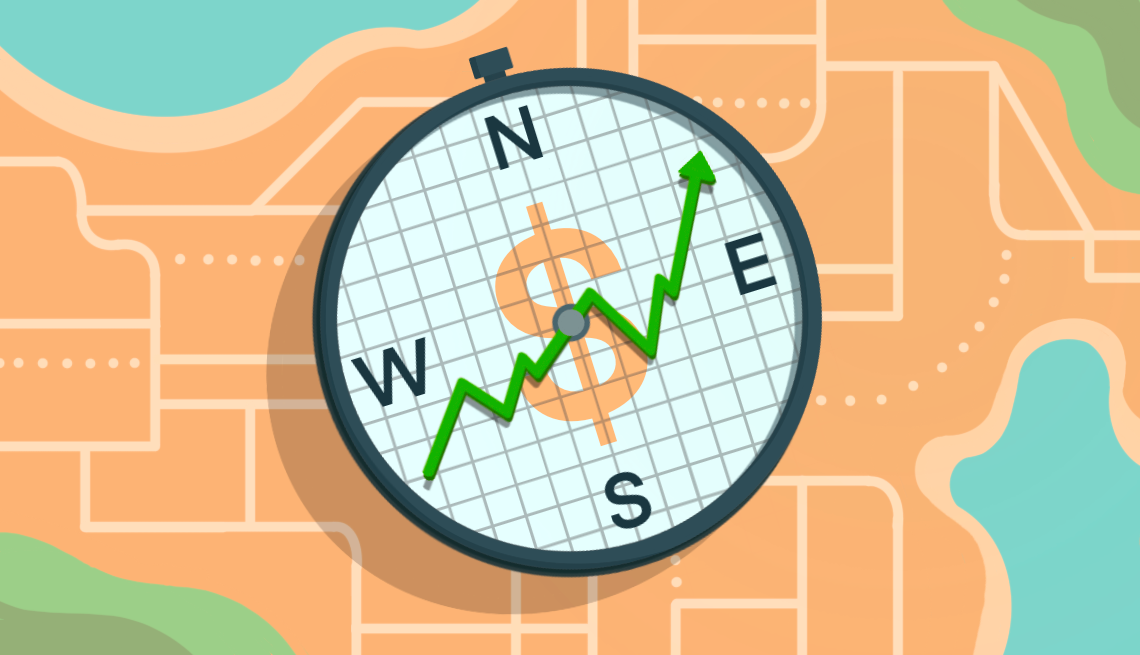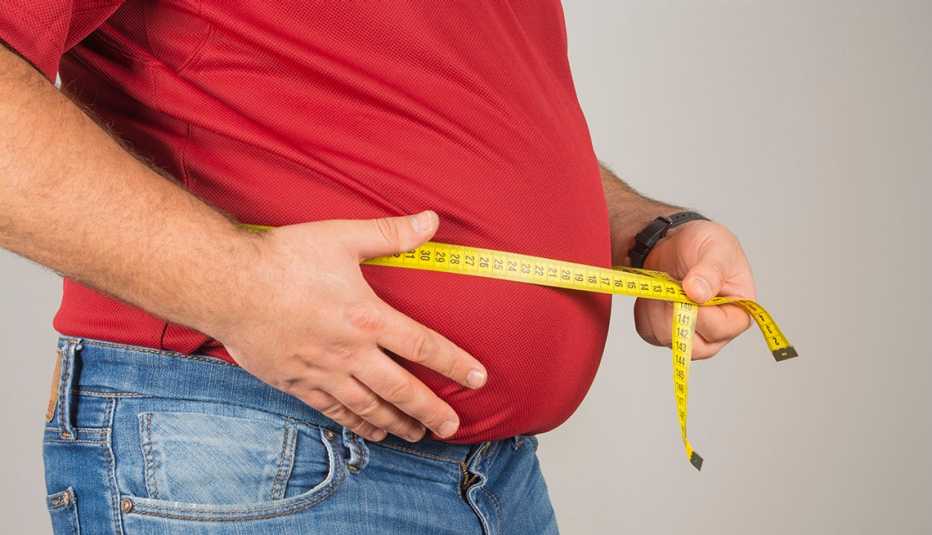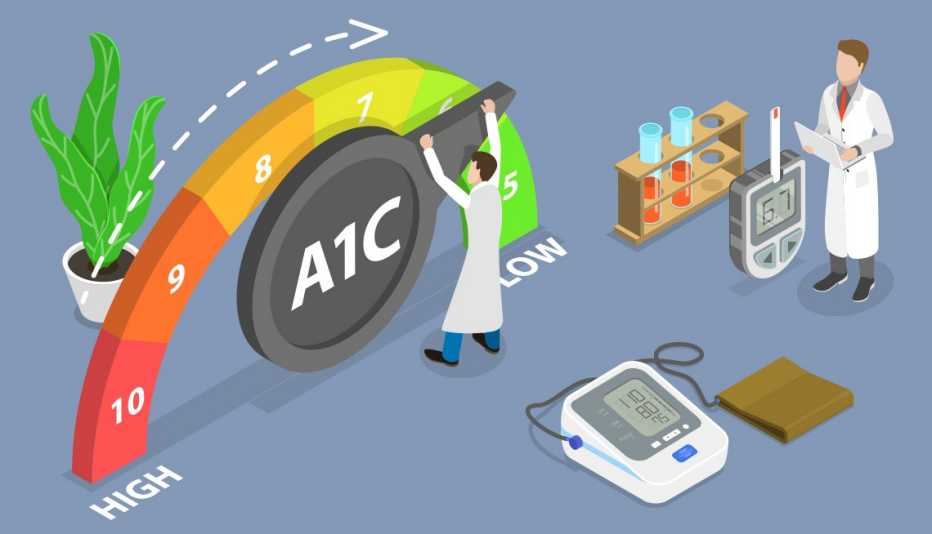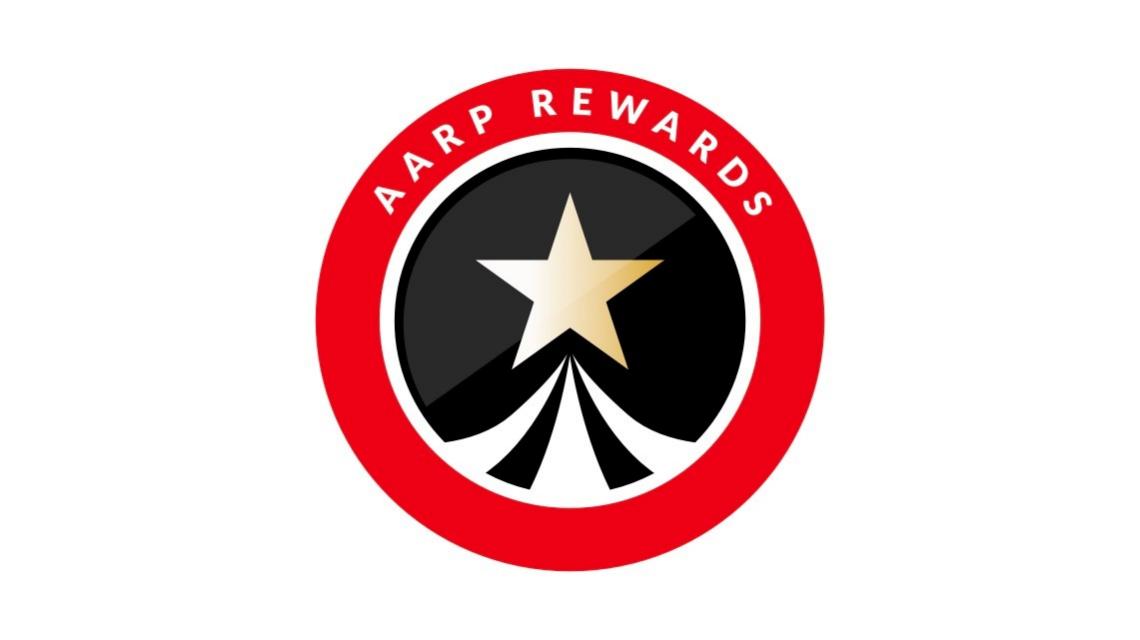Staying Fit
Celebrity trainer and best-selling author Jorge Cruise isn’t shy when it comes to talking belly fat — and how he, 40 pounds overweight years ago, carried a lot of it. “Belly fat robs us of confidence at any age,” says Cruise, who is 52, with a very flat belly. “But more than that, our waistline is our lifeline, particularly as we get older. You can have hip fat, butt fat and arm fat, and still be relatively healthy. But if you have belly fat, it will crush your health.”
Researchers agree: Belly fat, specifically something called visceral fat, is harmful to your health. This fat in the belly area can lead to health problems including cardiac disease, type 2 diabetes, cancer, dementia and stroke. What’s more, it’s an indicator of premature death.


AARP Membership— $12 for your first year when you sign up for Automatic Renewal
Get instant access to members-only products and hundreds of discounts, a free second membership, and a subscription to AARP the Magazine.
This is the type of fat that affects the health of millions of Americans, with more than 50 percent of U.S. adults struggling with it, according to researchers from the National Institutes of Health.
If your belly protrudes, you’re likely one of them, though a more accurate way to determine if you’re at risk is to pull out the tape measure. A waist measurement of 35 inches or more for women or 40 inches or more for men is an indication of bad belly fat.
Exercise to get rid of belly fat
Experts say the only way to get rid of belly fat is a comprehensive lifestyle approach that incorporates both diet and exercise. “The ideal approach involves addressing your overall lifestyle, including eating a balanced diet of whole, naturally fiber-rich foods, being regularly active, prioritizing sleep, not drinking excessively and managing stress,” says Cynthia Sass, a private practice dietitian who works with clients long distance and specializes in nutrition for mental and physical performance and longevity.
Regular, consistent cardiovascular, or aerobic, exercise like walking, running and swimming has been shown to help burn calories and some fat. But high-intensity intermittent exercise (HIIE) — also referred to as high-intensity interval training (HIIT) — is a more efficient way of exercising, getting more results in less time.
HIIT is a form of cardiovascular exercise that alternates between short bouts of high-intensity and low-intensity exercise for the duration of the workout, which is usually 30 minutes or less. This type of interval training includes walking or running at a slow pace, then speeding it up, then repeating. It can also include aerobic, boot-camp-style cycling, or any classes that alternate between slower to moderate-intensity and high-intensity movements.
What you eat matters, too. “You can’t out-exercise a bad diet,” says Michele Promaulayko, author of Sugar Free 3: The Simple 3-Week Plan for More Energy, Better Sleep & Surprisingly Easy Weight Loss! (2019). “Eating a healthy diet and working out are great companions.” Here’s how to revamp your diet for a flatter belly after 50.







































































